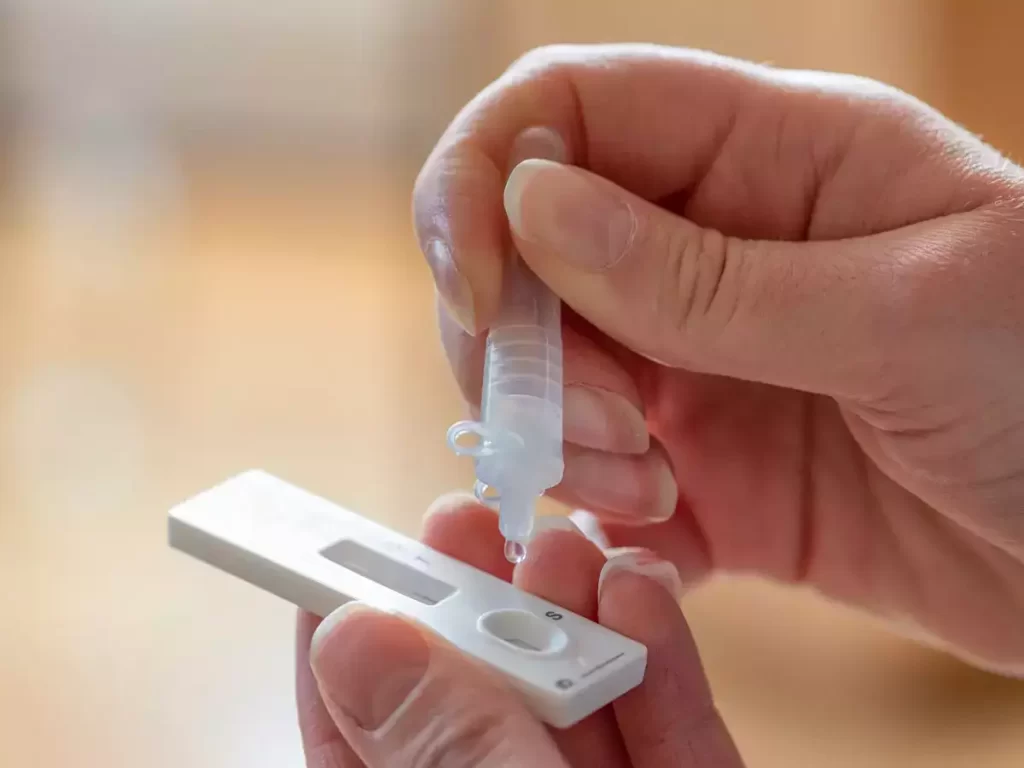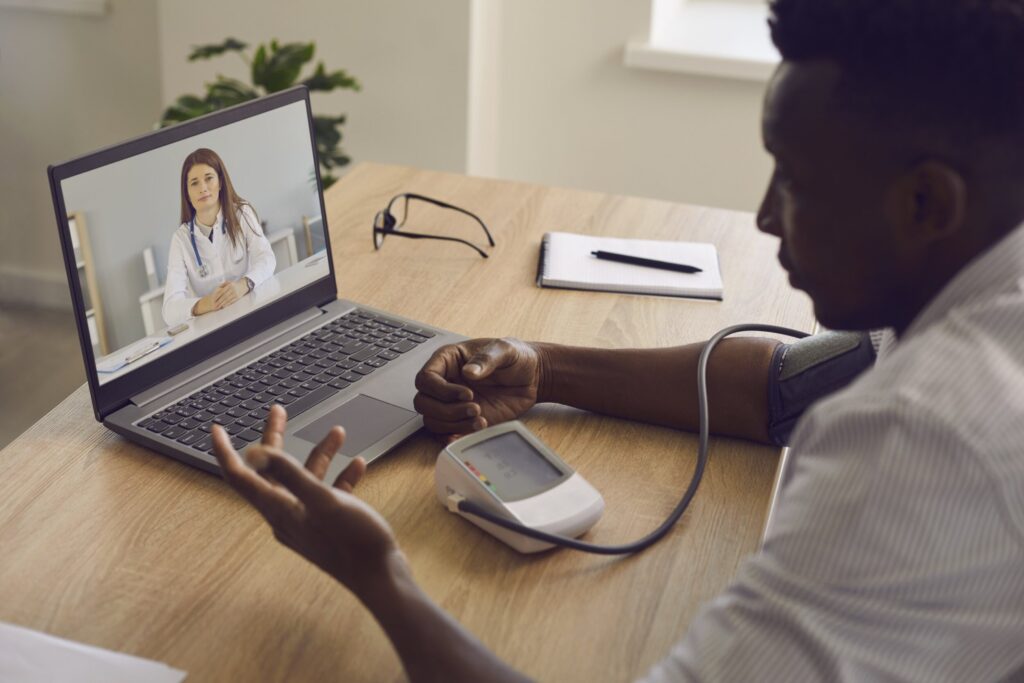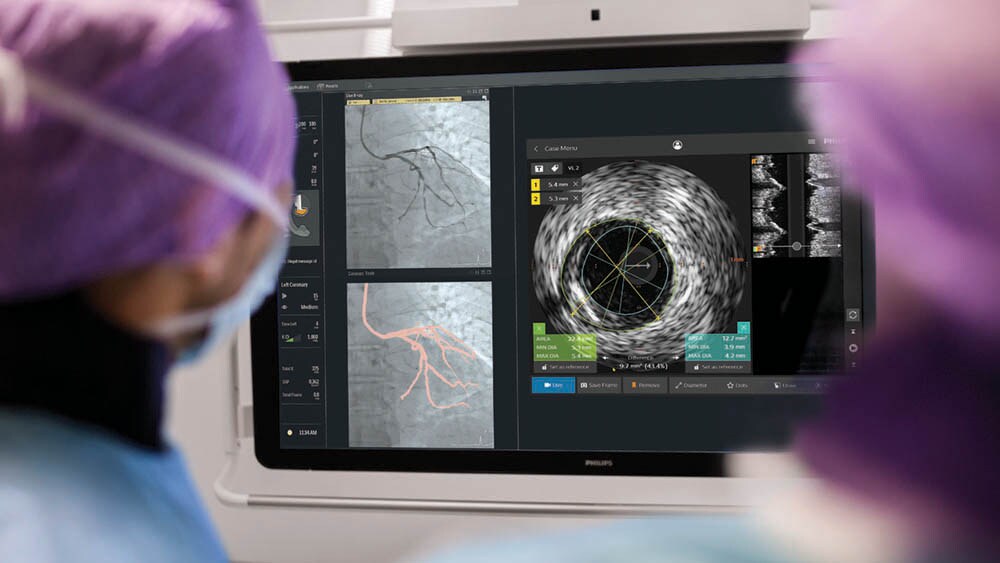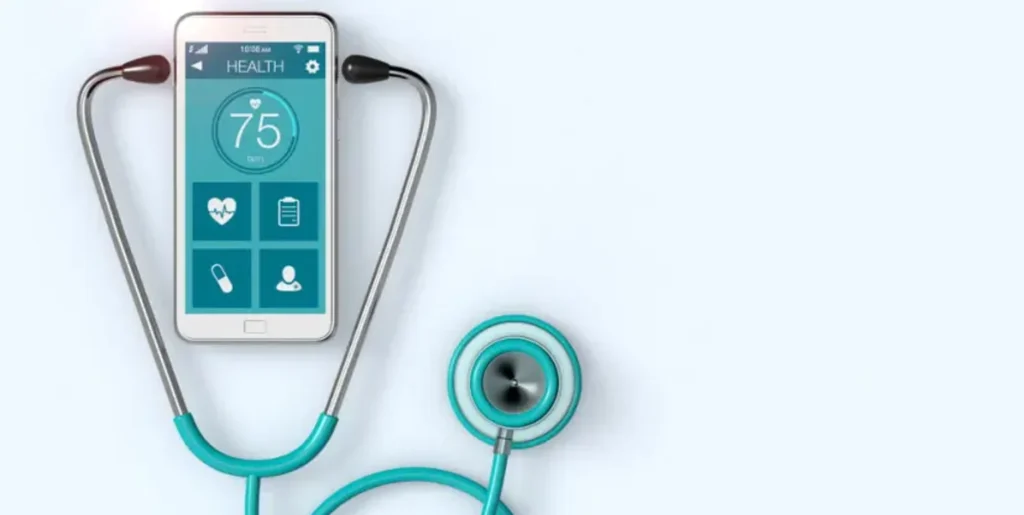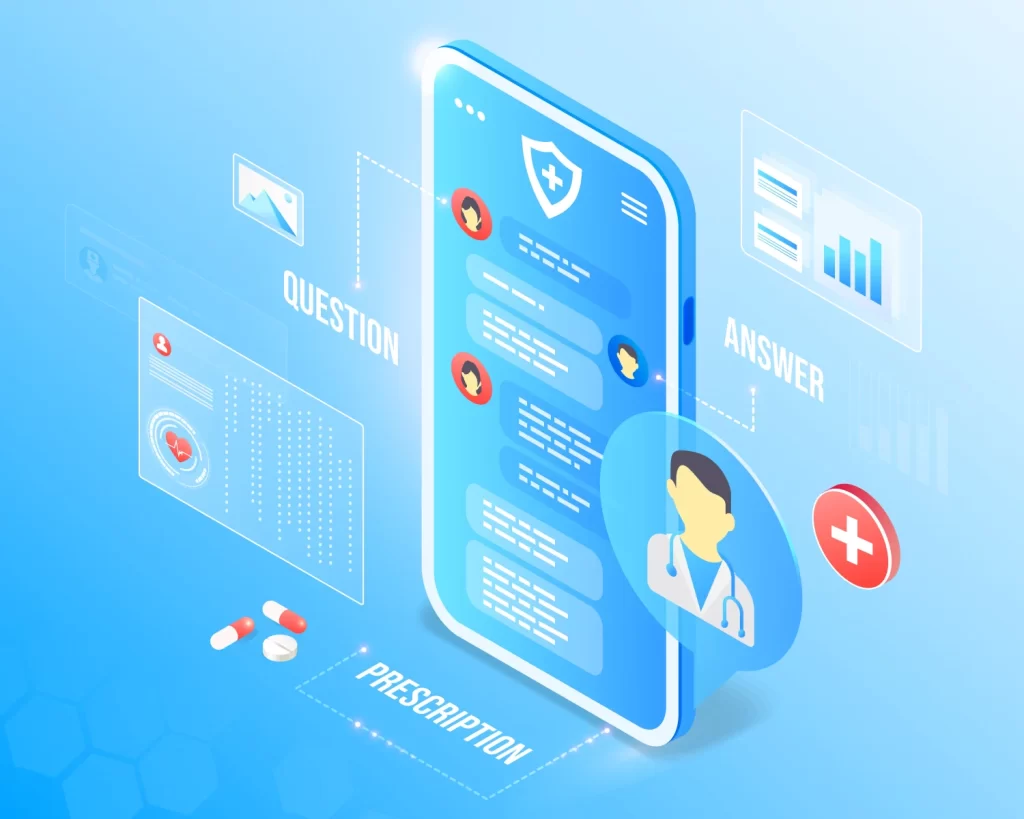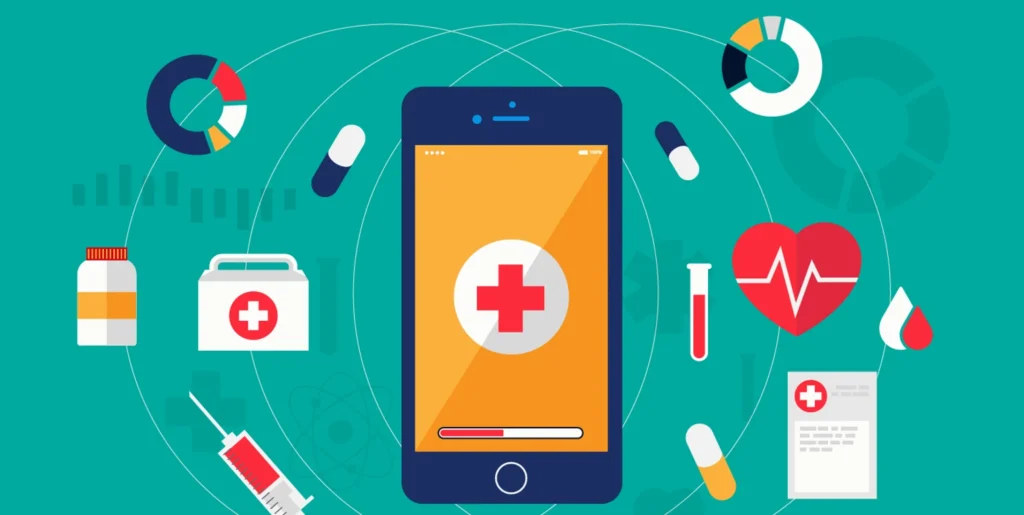Crafting a Patient Toolkit: Empowering Patients with Knowledge and Resources
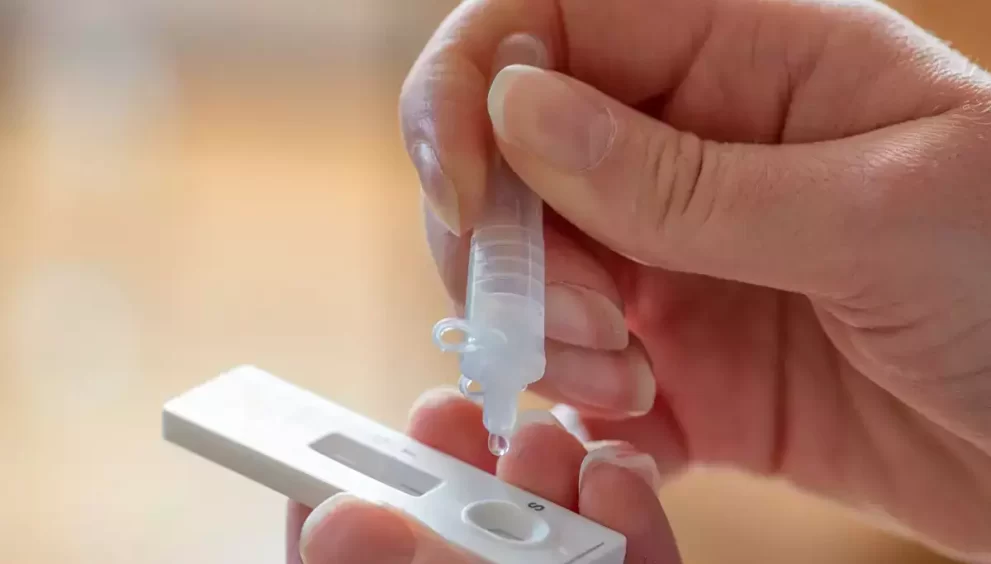
In the era of healthcare, empowering patients to take an active role in their own care is essential for promoting better health outcomes and enhancing the patient experience. One effective way to empower patients is through the development of comprehensive patient toolkits—resources that provide valuable information, guidance, and support to individuals navigating their healthcare journey. In this article, we’ll explore the importance of patient toolkits, the key elements involved in their design, and the process of validating their effectiveness in improving patient engagement and outcomes.
The Significance of Patient Toolkits:
Patient toolkits serve as valuable resources that empower individuals to become informed and engaged participants in their healthcare. These toolkits typically contain a wealth of information on various aspects of health and wellness, including disease management, medication adherence, lifestyle modifications, and self-care strategies. By providing patients with access to reliable information and practical resources, patient toolkits can help foster better communication between patients and healthcare providers, promote shared decision-making, and ultimately improve patient outcomes.
Key Elements of Patient Toolkits:
Effective patient toolkits are characterized by several key elements that contribute to their usefulness and effectiveness:
1. Comprehensive Information: Patient toolkits should provide comprehensive and accurate information on relevant health topics, tailored to the needs and preferences of the target audience.
2. Clear and Accessible Format: Information in patient toolkits should be presented in a clear and accessible format, using plain language and visual aids to enhance understanding.
3. Practical Resources: In addition to information, patient toolkits may include practical resources such as checklists, worksheets, and action plans to help patients implement and track their health-related goals.
4. Interactive Features: Incorporating interactive features such as quizzes, self-assessment tools, and interactive modules can enhance patient engagement and promote active learning.
5. Personalization Options: Patient toolkits may offer options for personalization, allowing patients to customize the content and resources based on their individual preferences and needs.
Validating Patient Toolkits:
The effectiveness of patient toolkits in improving patient outcomes and engagement can be evaluated through a process of validation. This may involve conducting usability testing with target users to assess the toolkit’s ease of use, relevance, and effectiveness in meeting their needs. Additionally, patient satisfaction surveys, focus groups, and clinical outcomes data can provide valuable insights into the impact of the toolkit on patient knowledge, behavior, and health outcomes.
Case Study: The Development of a Diabetes Management Toolkit
To illustrate the design and validation process of a patient toolkit, let’s consider the example of a diabetes management toolkit. This toolkit may include information on diabetes basics, blood sugar monitoring, medication management, healthy eating tips, exercise recommendations, and self-care strategies. Through collaboration with healthcare providers, diabetes educators, and individuals living with diabetes, the toolkit can be designed to address the specific needs and challenges faced by patients managing diabetes. Usability testing and feedback from patients can help refine the toolkit to ensure it meets the needs of its intended audience and effectively supports diabetes self-management efforts.
Patient toolkits play a crucial role in empowering individuals to become active participants in their healthcare journey. By providing comprehensive information, practical resources, and interactive features, patient toolkits can help patients make informed decisions, take control of their health, and achieve better outcomes. Through careful design and validation, patient toolkits can become valuable tools for enhancing patient engagement, improving health literacy, and ultimately promoting better health and well-being.











